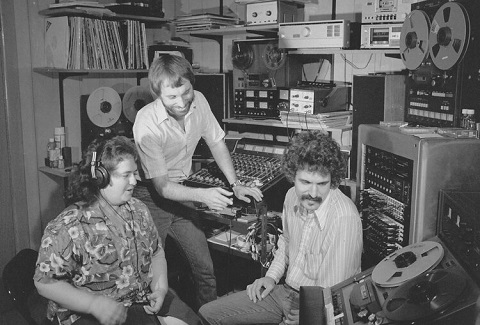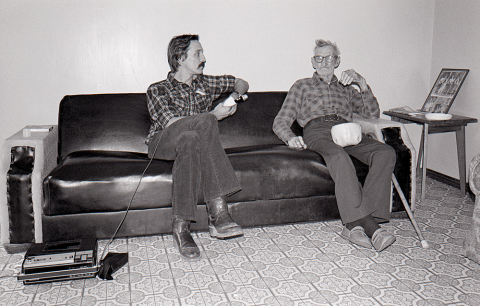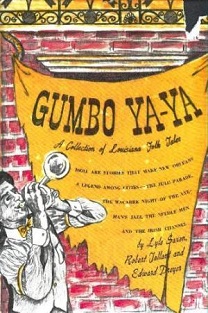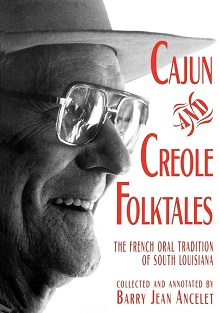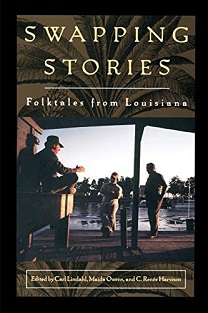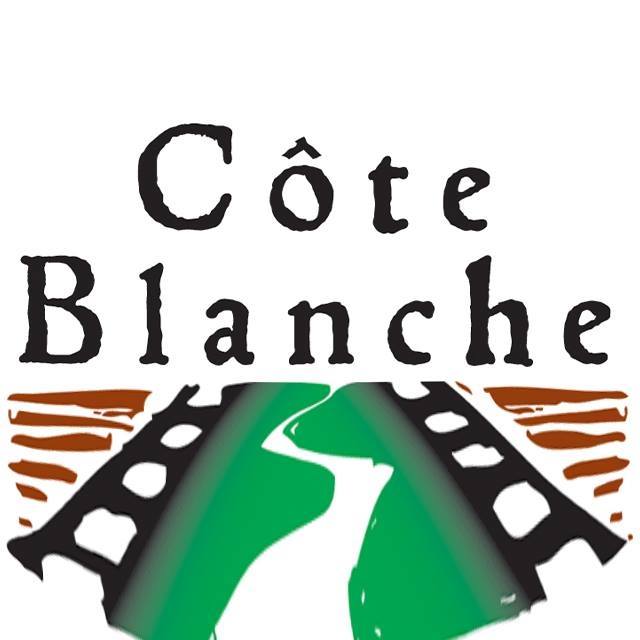LIBRARY BLOG
Mais, You Heard?
Preserving the Tradition of Cajun Oral History
Breaking news: Cajuns love to talk.
Specifically, Louisianians from the Acadiana parishes and bayou communities want you to know about their momma and ’em. Oral history has been a cherished tradition among the Cajuns for generations, mainly because it was their primary means of preserving their culture and heritage.
When the Acadians arrived at the bottom of Louisiana’s boot around 1765, they brought with them stories about their way of life and customs in Canada, France and England. Their oral history began to influence other groups already in Louisiana, like the Spaniards, Germans, Scotch, Irish, West Indians and Anglo-Americans. In turn, these other cultures had an impact on the Acadians. The result was an ethnic gumbo simmering with a new roux: the Cajuns.
These hard-working, resilient people spoke French, but few could read or write. As the region became more Americanized in the nineteenth and twentieth centuries, their language evolved into a “crude patois” called Cajun French and eventually a literal translation from French to English, as described in Gumbo Ya-Ya: A Collection of Louisiana Folk Tales by Lyle Saxon, Edward Dreyer and Robert Tallant.
He-bert, Yes – A Bear, No (oil painting by
George Rodrigue)
Photo from Legacy Tours
Like its native speakers, Cajun French has faced challenges to its viability. Parish school boards aligned with the Louisiana State Department of Education’s mandate that classroom instruction was to be taught in English only. French was banned from schools, and it was not uncommon for children to receive whippings for slipping “couyon” or “merci” from their lips during recess. The discovery of oil in Acadiana as well as World War II brought more Anglo-Americans to the area, further Americanizing the cultural gumbo.
English has long surpassed Cajun French as the primary dialect of Cajuns, but fortunately there is renewed interest in keeping the language alive through social gatherings by organized Cajun French preservation groups as well as recorded oral history. The Terrebonne Parish Library System maintains a variety of resources dedicated to preserving local oral history, including the Memories of Terrebonne collection. Produced by Cote Blanche Productions and the Terrebonne Parish Police Jury Staff, the collection includes over 200 interviews with Terrebonne Parish residents discussing traditions ranging from living with hurricanes to washing clothes on the bayou. These interviews, recorded in French and English, are located in the genealogy room at the library’s main location.
Kathleen Kilgen, David Gisclair & Glen Pitre in the studio
Photo from Côte Blanche
Barry Ancelet and Martin Latiolas 1977 (photo by Ginette Vachon)
Photo from ULL, Center for Louisiana Studies
(Barry Jean Ancelet Collection)
Cajun and Creole Folktales: The French Oral Tradition of South Louisiana, collected and annotated by Barry Jean Ancelet, is both an entertaining and scholarly primary source that reads like listening to your Cajun PawPaw and MawMaw tell old stories in their living room while visiting for afternoon coffee. The book features an enlightening foreword by Carl Lindahl, who holds a doctorate in folklore and appreciates that this is the first collection of Cajun stories transcribed in both French and English.
“Some Cajun taletellers are exquisitely literate in English, but have never learned to read or write their native speech,” Lindahl says. “One positive aspect of this linguistic irony is that Cajun storytellers have been forced to rely exclusively on their oral skills to keep these tales alive, a challenge to which they have responded vigorously and artfully.”
Despite English’s prevalence in Acadiana today, these Cajun French histories, tales and traditions continue to be passed from generation to generation. Mothers still wait a year before cutting an infant’s hair. Cajun children are still warned that they “better be good” or the “loup-garou” will get them and punish them for their bad behavior. Cabbage is still cooked every New Year’s Day for prosperity and bountiful blessings.
How these stories are told has evolved since the Cajuns first arrived in Louisiana, but why these stories are told has never changed: they value their heritage … and they love to talk about it.
Pulled From and Further Storytelling
-Terry, Reference Department


